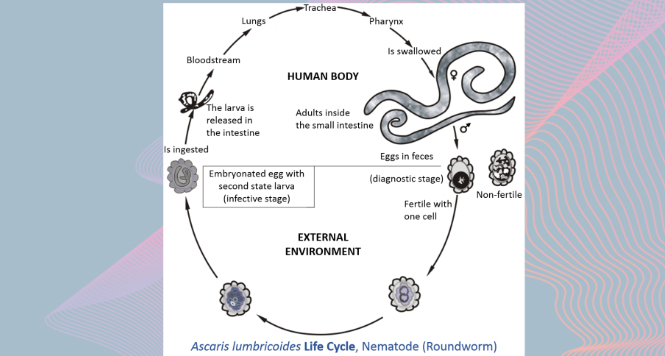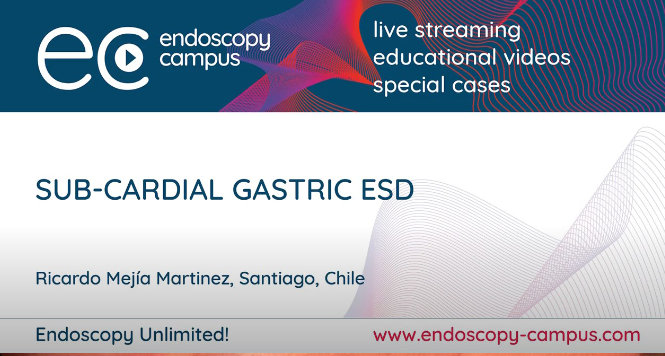Could Upper GI Eosinophilia Account for Abdominal Pain?
Vanessa M. Shami, MD, FASGE, reviewing Talley NJ, et al. Gastroenterology 2022 Dec 24.
Eosinophilic gastrointestinal diseases (EGIDs) are rare inflammatory conditions of the GI tract characterized by tissue eosinophilia and chronic GI symptoms. EGIDs include eosinophilic gastritis (EoG) and eosinophilic duodenitis (EoD). This prospective, multicenter, observational study aimed to investigate the rates of EoG and EoD among patients with and without moderate to severe unexplained abdominal symptoms.
In the study, 405 patients with >6 months of gastrointestinal symptoms and a Total Symptom Score (TSS) >10 underwent EGD with biopsies. TSS is a daily symptom questionnaire measuring 8 GI symptoms: abdominal pain, abdominal cramping, early satiety, bloating, nausea, vomiting, diarrhea, and loss of appetite. The diagnosis of EGID was made if there was the presence of ≥30 eosinophils (eos) per high-powered field (hpf) in ≥5 gastric hpfs and ≥30 eos per hpf in ≥3 duodenal hpfs.
The rate of EoG and/or EoD was 43% (152/353) after excluding 52 patients with active H pylori infection.
For comparative purposes, the same assessments were performed in a group of asymptomatic controls. Of the 33 evaluable asymptomatic, healthy controls, only 2 (6%) met histologic criteria for EoG and/or EoD.
Symptomatic patients were more likely than controls to have a history of an atopic condition (47% [72/152] of the EoG/EoD cohort and 43% [87/201] of the symptomatic patients without EoG/EoD vs 15% [5/33] of controls [P<.001 vs EoG/EoD cohort; P=.002 vs symptomatic patients without EoG/EoD cohort]). Additionally, peripheral blood eosinophil counts were significantly higher in patients with EoG/EoD versus EoG/EoD-negative patients or controls (P<.001 for EoG/EoD vs EoG/EoD-negative or controls).

COMMENTThe diagnosis of gastroduodenal eosinophilia in patients with unexplained chronic GI symptoms may be more common than initially thought. Large prospective studies must elucidate which symptomatic patients should undergo diagnostic biopsies.
Note to readers: At the time we reviewed this paper, its publisher noted that it was not in final form and that subsequent changes might be made.
CITATION(S)
Talley NJ, Peterson KA, Genta RM, Chang AT, Dellon ES, Sandborn WJ; 019 Study Team. High discovery rate of duodenal and gastric eosinophilia in patients with unexplained moderate-severe abdominal symptoms: a prospective US multi-site study. Gastroenterology 2022 Dec 24. (Epub ahead of print) (https://doi.org/10.1053/j.gastro.2022.12.015)


